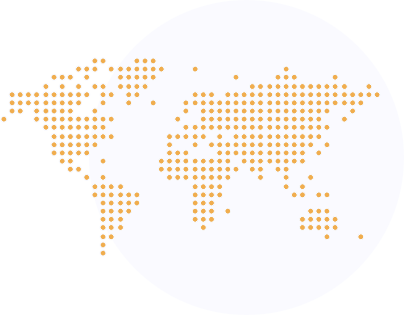What you will learn
- Basic statistical concepts and R programming skills for analyzing data in the life sciences.
- The underlying math of linear models useful for data analysis in the life sciences.
- The techniques used to perform statistical inference on high-throughput and high-dimensional data.
- Several techniques widely used in the analysis of high-dimensional data.
Technological advances have transformed fields that rely on data by providing a wealth of information ready to be analyzed. From working with single genes to comparing entire genomes, biomedical research groups around the world are producing more data than they can handle and the ability to interpret this information is a key skill for any practitioner. The skills necessary to work with these massive datasets are in high demand, and this series will help you learn those skills.
Using the open-source R programming language, you’ll gain a nuanced understanding of the tools required to work with complex life sciences and genomics data. You’ll learn the mathematical concepts — and the data analytics techniques — that you need to drive data-driven research. From a strong foundation in statistics to specialized R programming skills, this series will lead you through the data analytics landscape step-by-step.
Taught by Rafael Irizarry from the Harvard T.H. Chan School of Public Health, these courses will enable new discoveries and will help you improve individual and population health. If you’re working in the life sciences and want to learn how to analyze data, enroll now to take your research to the next level.
Courses in this program
HarvardX's Data Analysis for Life Sciences Professional Certificate
- 2–4 hours per week, for 4 weeks
An introduction to basic statistical concepts and R programming skills necessary for analyzing data in the life sciences.
- 2–4 hours per week, for 4 weeks
Learn to use R programming to apply linear models to analyze data in life sciences.
- 2–4 hours per week, for 4 weeks
A focus on the techniques commonly used to perform statistical inference on high throughput data.
- 2–4 hours per week, for 4 weeks
A focus on several techniques that are widely used in the analysis of high-dimensional data.
- R is listed as a required skill in 64% of data science job postings and was Glassdoor’s Best Job in America in 2016 and 2017. (source: Glassdoor)
- Companies are leveraging the power of data analysis to drive innovation. Google data analysts use R to track trends in ad pricing and illuminate patterns in search data. Pfizer created customized packages for R so scientists can manipulate their own data.
- 32% of full-time data scientists started learning machine learning or data science through a MOOC, while 27% were self-taught. (source: Kaggle, 2017)
- Data Scientists are few in number and high in demand. (source: TechRepublic)
Meet your instructors from Harvard University (HarvardX)
Experts from HarvardX committed to teaching online learning
Enrolling Now
Get started in data science
Browse other data science coursesPropelling
Drive your career forward with university-backed credit programs and verified certificatesConvenient
Study and demonstrate knowledge on your scheduleFlexible
Try a course before you paySupportive
Learn with university partners and peers from around the world

